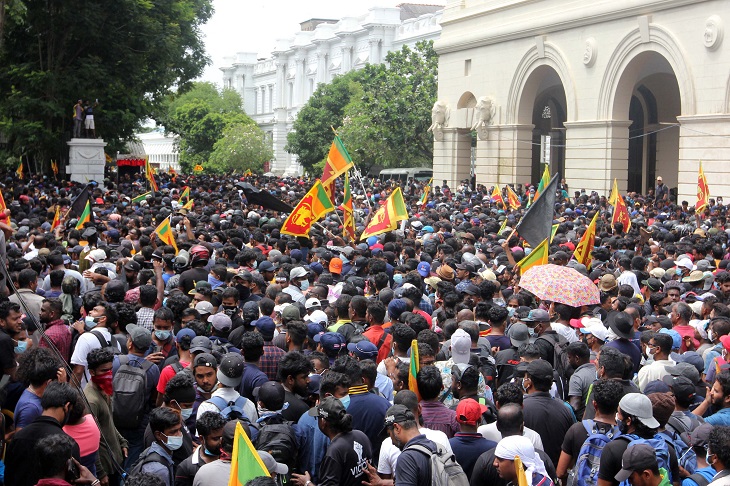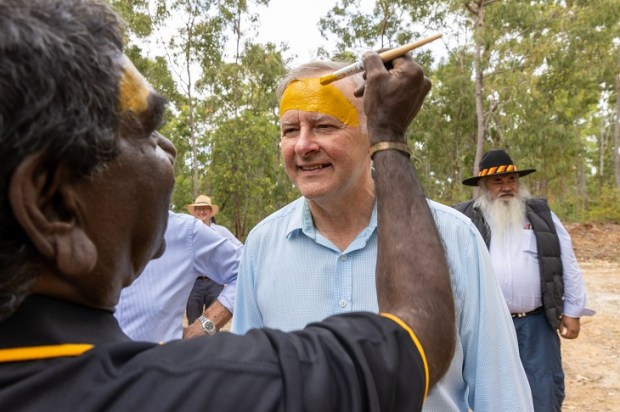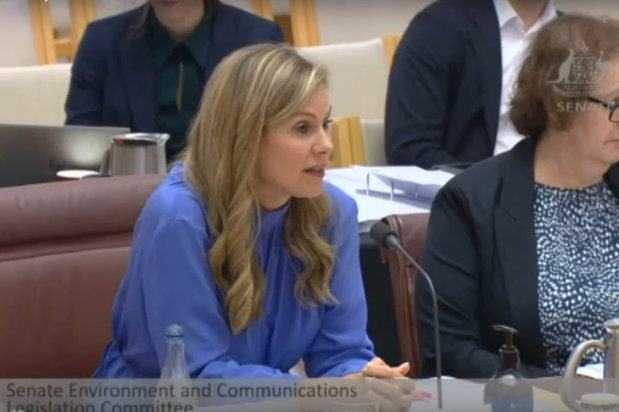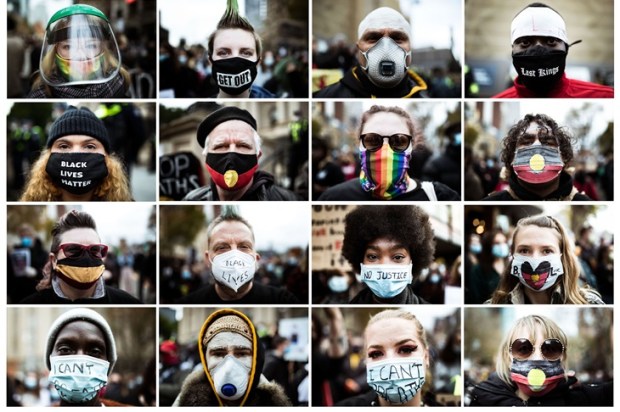Members of the Sri Lankan diaspora, people like my family, have been noticeably quiet about the upheavals in their former homeland.
A casual friend, with the same family name as the deposed and disgraced rulers, assures me, ‘But we are not like them.’
Watching television reports of the people flooding through the opulent homes of the families who ruled the island, one can’t help thinking, this is how it always ends, how People Power toppled the Marcos regime in Manila, how centuries earlier, a French mob stormed the Tuileries.
The same pattern repeats on the island that the British so prized that it was the top administrative post for the elite British Ceylon Civil Service officers during the days of empire. Today, public servants are told to stay home and grow vegetables to feed their families while the Tuk Tuk drivers – transport mainstays in the capital after the buses ran out of fuel – have no fuel. The torching of the houses of rich rulers was not an unexpected outcome.
‘The capital was a powder keg,’ another former Lankan says sadly. The label ‘failed state’ may be justified.
How did it happen so fast – a tsunami, a global recession, and a pandemic didn’t help – but this turn of events was unprecedented, but not unexpected, and the lessons are there to be seen.
First came the entanglement with China’s Belt and Road program that allegedly endowed vast sums of money to an election campaign, in return for … well, no one is still quite sure, except that Chinese loans had to be repaid via increased taxes on the people least able to afford them. China continues to deny anything is amiss.
That question, asked more and more loudly, with the answer being left to Colombo gossip.
What we know from the news reports is that little of this money helped Sri Lankan locals, where babies are going without milk and their parents without food – vegetables take time to grow and the most basic supplies, rice, cooking oil, dhal (lentils) and coconut are in short supply.
There’s more than a single lesson here on failed states.
Sri Lanka, which was known as Ceylon when I was born there, had much to be proud of. It deserved its post-Independence name, ‘Sri’ (blessed) island. It was not only corruption that undid it, but something else – the fostering of a single nationalism that had little room for minorities or ‘otherness’.
My parents immigrated to Australia during the waves of migration in the late Fifties. They didn’t expect to receive, or take, anything from the public purse, they were just glad to be accepted by a country since the community they had called home for over 300 years had turned its back on them.
Unfortunately for Sri Lanka, that community, and that of the Tamils that followed, were the educated, professional middle classes that slipped easily, for the most part, into the Australian mainstream. When a country favours one racial or religious group above others, it is usually setting itself up for trouble, since the less favoured groups will start to question where their place in the national hierarchy lies.
Australia, so far, has avoided this dilemma and must continue to do so.
It is not enough to simply elect more women to Parliament whether or not by quota, but also by racial and cultural diversity. The words, if not the current version of ‘we are one, but we are many’ have never been so important to us as a nation. It’s time to face the future.
Got something to add? Join the discussion and comment below.
Get 10 issues for just $10
Subscribe to The Spectator Australia today for the next 10 magazine issues, plus full online access, for just $10.


























Comments
Don't miss out
Join the conversation with other Spectator Australia readers. Subscribe to leave a comment.
SUBSCRIBEAlready a subscriber? Log in